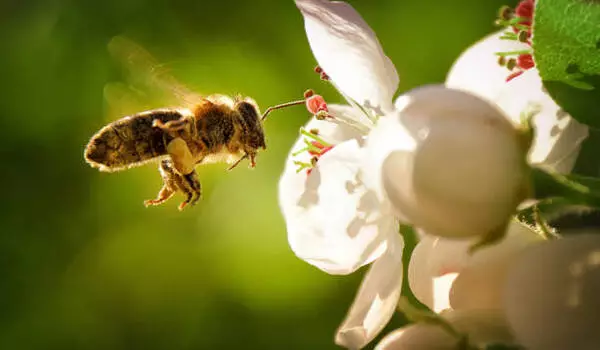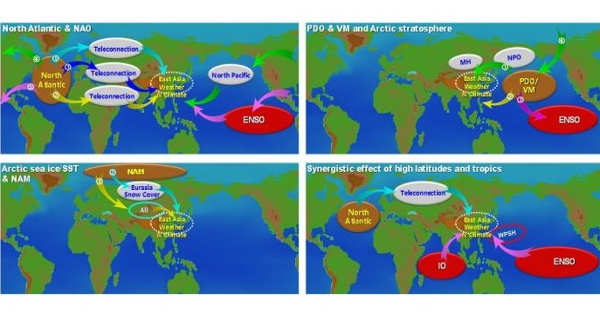Bees are highly social insects that use a variety of communication techniques to coordinate their activities within a colony. While pheromones and intricate dance movements are their primary modes of communication, human activities can have unintended consequences on these channels.
According to new research, human influences have the potential to reduce the effectiveness of bee communication, adding stress to struggling colonies. Researchers at the University of Bristol discovered that variation in communication strategies is explained by differences in the habitats that bees inhabit as well as differences in the social lifestyle such as colony size and nesting habits.
The findings, published today in PNAS, show that anthropogenic change, such as habitat conversion, climate change, and the use of agrochemicals, are altering the world in which bees live, and it is becoming clear that this has an impact on communication both directly and indirectly, for example, by affecting food source availability, social interactions among nestmates, and cognitive functions.
It is known that anthropogenic effects, such as climate change, pesticides, and habitat loss negatively affect social bees. The research we analyzed shows that different bees have found many different solutions to the problem of finding good food sources in an efficient way.
Christoph Grueter
A new and pressing area of bee behavioral and conservation research is how bees adapt their foraging and communication strategies to deal with these threats.
Due to their foraging activity, social bees are among the most important pollinators. To exploit food sources, different types of bees use different communication methods. Honeybees use the waggle dance, and some stingless bees use pheromone trails, but it is still unclear why different bees use different methods to solve the same problem, which is finding food efficiently.
“We have synthesized the recent literature to explain how differences in ecology and sociality explain this variation,” said author Christoph Grueter from Bristol’s School of Biological Sciences.

“It is known that anthropogenic effects, such as climate change, pesticides, and habitat loss negatively affect social bees. The research we analyzed shows that different bees have found many different solutions to the problem of finding good food sources in an efficient way. Anthropogenic change has the potential to interfere with bee communication and behaviors that have helped bees be successful for millions of years might suddenly no longer be equally beneficial.”
More research is needed to understand how human-caused changes impact their communication because communication behaviors help colonies exploit resources. The researchers will now investigate how habitat loss, climate change, and pesticides affect bee communication behaviors.
It is critical to recognize and reduce the human factors that can impair bee communication and overall well-being. Conservation efforts aimed at reducing pesticide use, preserving natural habitats, and taking into account the impact of human activities on pollinators can help alleviate these issues and support healthy bee populations.
















